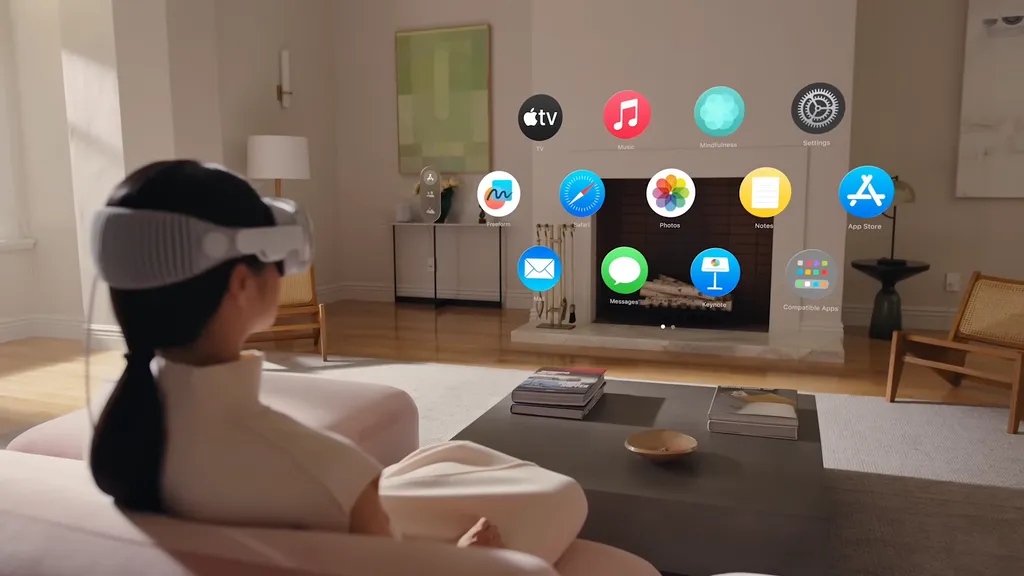Apple has recently launched the software development kit (SDK) for its upcoming visionOS platform, which powers the Vision Pro headset. The SDK includes new software tools that rely on eye, hand, and voice input, and Apple has announced that it will start accepting applications for developer kits in the following month. Alongside the SDK, Apple has introduced a simulation tool in Xcode, allowing developers to preview and prepare content for the forthcoming headset.
The press release from Apple explains that developers can interact with their applications using the visionOS simulator, which enables exploration and testing of different room layouts and lighting conditions. Furthermore, Apple emphasizes its commitment to accessibility, stating that every developer framework includes built-in support for its innovative accessibility features, ensuring that spatial computing and visionOS apps are accessible to all users.
The Apple Vision Pro headset is set to debut early next year, priced at $3,500, and Apple has already provided a hands-on experience with its feature-packed design. The release of the SDK, accompanied by human interface guidelines, offers a more detailed insight into Apple’s upcoming platform. Starting next month, developers who have been working on 3D apps with Unity will be able to port their work to the Vision Pro headset.
Apple has also announced plans to open developer labs in various locations, including Cupertino, London, Munich, Shanghai, Singapore, and Tokyo. These labs will provide developers with hands-on experience, allowing them to test their apps on the Vision Pro hardware and receive support from Apple engineers.
To develop spatial apps for visionOS, Apple recommends using its own suite of tools, including the Xcode IDE, SwiftUI for user interfaces, the RealityKit framework for rendering, physics, animations, and spatial audio, and ARKit for hand tracking, environmental understanding, and more. Additionally, Apple has introduced Reality Composer Pro, which serves as its own engine editor.
The newly released human interface guidelines and best practices, along with the SDK’s documentation, mention the implementation of a virtual reality (VR) game and the presentation of a virtual world to explore. These references from Apple indicate the arrival of this type of content on the visionOS platform.

